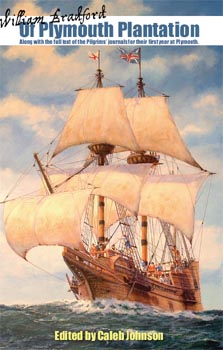On Wednesday, November 25, Simon and I got up at 5AM to embark on a 4.5 hour drive up north to Nottinghamshire, the origins of the Pilgrims' separatist church congregation. We met up with our guide for the day, noted author and historian Sue Allan, at the church of All Saints, Babworth. This is the church where Richard Clifton preached from 1586 to 1604, at which point he was deprived. At one time, this church was within the bounds of Sherwood Forest.
The Great North Road was a pathway, a section of which joined Babworth to Scrooby. Elder William Brewster would have traversed this path to attend Babworth services to hear Richard Clifton. He would sometimes re-tell the sermon to those in Scrooby--for which he was once fined, since that was illegal. Brewster, in his role as postmaster, would have also been responsible for assisting those traveling this section of the road for delivering royal communications. Some sections of the original pathway are still present today, such as this segment just outside of All Saints, Babworth.
The church of St. Wilfred, Scrooby, formerly St. James, is the home parish church of William Brewster. Although the parish registers do not exist that far back, this is quite likely the church where Brewster married, and where his children were baptized.
Inside the church at Scrooby remains a couple of the original church pews upon which the Brewsters and other churchgoers would have sat. One of the "Brewster pews" was gifted to the Pilgrim Hall Museum, where it is on exhibit. The others are here, where I took the liberty (not allowed at Pilgrim Hall!) to actually sit on one!
Next we visited the site of Scrooby Manor, now on private property and not generally accessible without special arrangements. The only remnant of the once great manor estate is the building shown below. Out in the fields, it is possible to still see the depressions that once were the fish ponds. William Brewster was bailiff of Scrooby Manor, and would have lived on the site. It was here that the Pilgrims' separatist church congregation was able to meet in secret, from about 1604 to 1607, before being forced to flee to Holland.
A short distance away is the property and house that is believed to have been owned by the Bradford family, and may have been the estate where young William Bradford was raised by his uncles after his parents died while he was still a young boy. Now private property, it can only be photographed from the public sidewalk at the end of the driveway.
The church of St. Helena, Austerfield, was the home parish church of the Bradford family. Several generations of William Bradford's ancestors were baptized, married, and buried here.
Inside the church, the original baptismal font is still present, where the infant William Bradford was baptized on 19 March 1589/90.
Since Scrooby Manor no longer exists in its 'full glory', the nearest analogue (and perhaps even somewhat less opulent) is nearby Old Gainsborough, which would have had a similar layout and floorplan.
Inside the Great Hall at Gainsborough. This is where the separatist congregation led by John Smyth first met. Like the Pilgrims, they would also flee to Holland about the same time, but they would remain in Amsterdam under Smyth, instead of moving on to Leiden with Pastor John Robinson. Smyth would eventually 'switch' to Anabaptistry, to the horror of the Pilgrims and Richard Clifton, becoming an early founder of the Baptists.













